Prakriti: Your Ayurvedic Constitution
Dr. Svoboda's original work on the constitutional types in Ayurveda has been considered a classic for many years. His new revision and expansion of the subject comes after much further research and practical experience. Dr. Vasant Lad points out: "The healing science of Ayurveda is based totally upon the knowledge of "prakriti", the individual constitution. If every individual knows his own constitution, then one can understand, for instance, what is a good diet and style of life for oneself. One man's food is another man's poison. Therefore, to make one's life healthy, happy and balanced, the knowledge of constitution is absolutely necessary." (Dr. Vasant Lad is the author of Ayurveda: The Science of Self-Healing, and co-author of The Yoga of Herbs.)
More info →Textbook of Ayurveda Vol 1: Fundamental Principles of Ayurveda
In his Ayurvedic Studies Program, Vasant Lad, Ayurvedic Physician, teaches Ayurveda as a science of moment-to-moment living. Each lecture that he gives flows from his own heart in a river of healing wisdom that is inspired by and pertinent to the students who are present at the time of the lecture.
This textbook is a presentation of Dr. Lad's years of teaching in that classroom setting. It conveys the philosophical and fundamental principles of his first year Ayurvedic Studies Program at the Ayurvedic Institute in a dynamic and inspirational way. This book will give the student a detailed foundation upon which to pursue deeper knowledge, including that of the future volumes in this series.
Ayurvedic Medicine: The Principles of Traditional Practice
Ayurvedic Medicine clearly and comprehensively presents the unique theories and traditions of Ayurveda making them accessible to the health practitioner of today.
With a brief history of traditional medicine in India and discussion of principles, treatment strategies and traditional Ayurvedic pharmacy and pharmacology, the book offers an essential overview of the culture in which Ayurveda has developed and the scientific basis behind this holistic approach. It details over 100 plant profiles of Ayurvedic herbs, with images of fresh and dried plants, and 50 traditional formulas, including characteristics, usage, combinations, contraindications, and safety and dosage information for each.
This essential resource explains the traditional medical system of Ayurveda, and provides guidance to students and practitioners on how to incorporate herbal medicine into their life and practice.
More info →
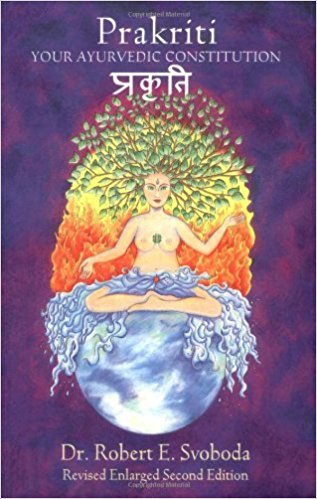

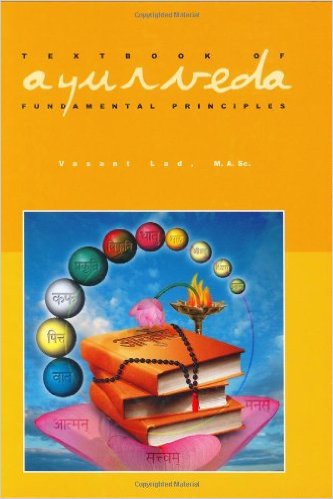
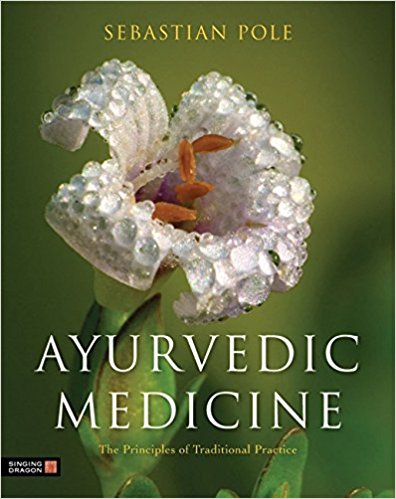
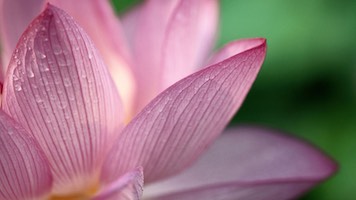














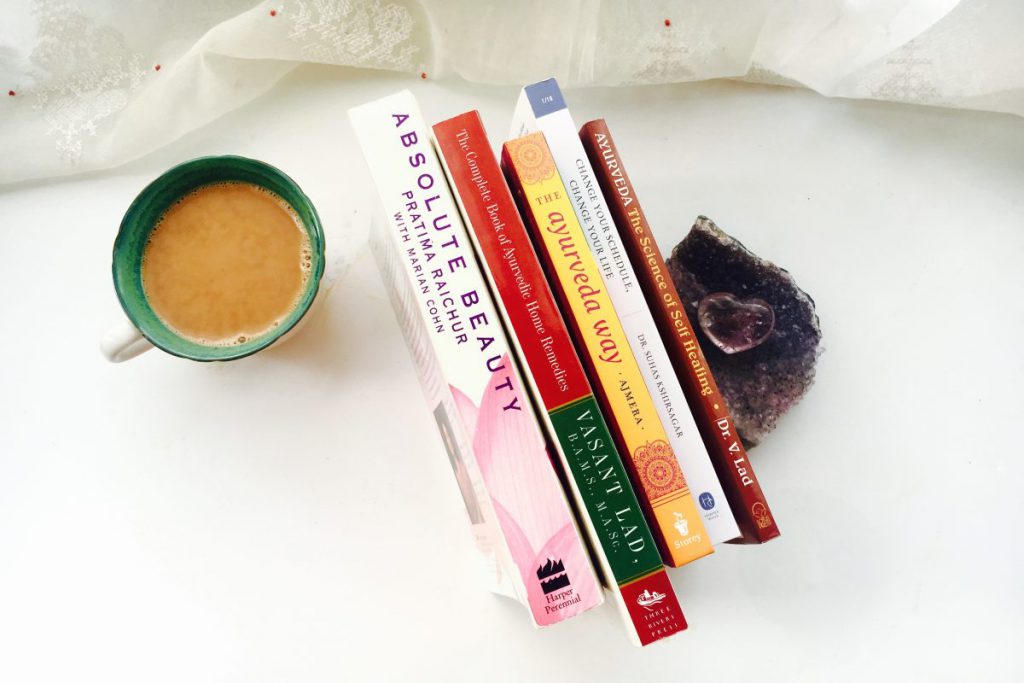


 Sevanti Adventures
Sevanti Adventures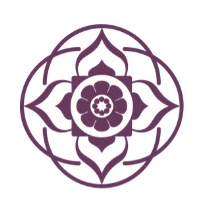 Sevanti Wellness
Sevanti Wellness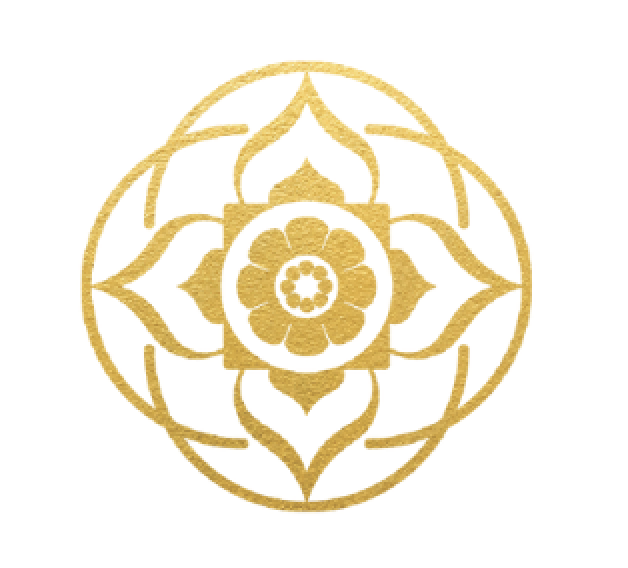 Sevanti Practice
Sevanti Practice